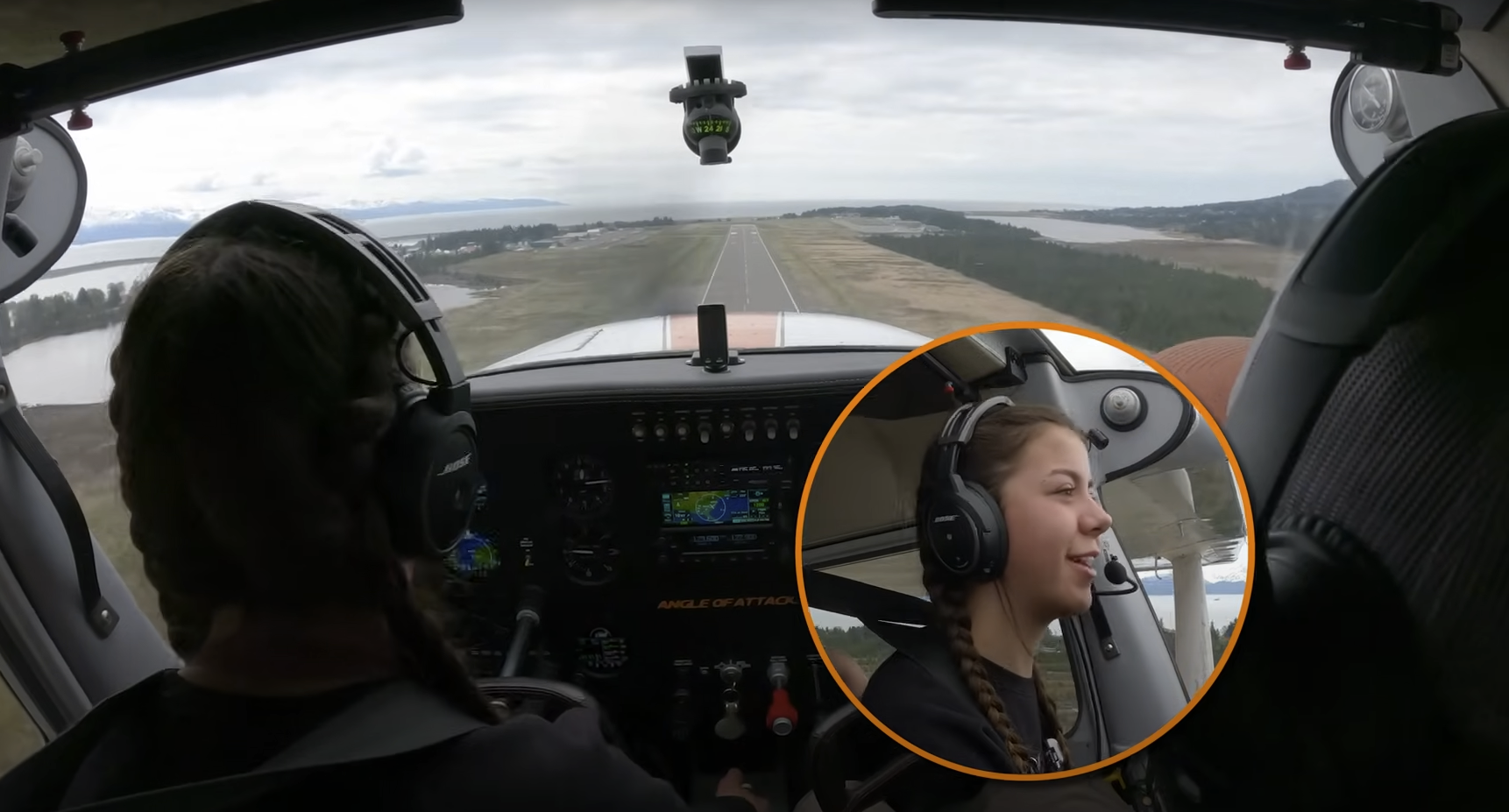
The Emergency Descent — most of us will never have to perform this emergency maneuver in our careers, but as pilots we prepare for the unlikely event in pilot training.
In this maneuver, time is of the essence, so most of what you do must be done by memory, as you may not even have time to bring out a checklist.
There’s where ABCDE comes in.
A — get your best glide AIRSPEED.
B — find the BEST place to land.
C — bring out the CHECKLIST if time permits.
D — DECLARE an emergency if time permits.
E — EGRESS the aircraft (plan ahead)
Remember the golden rule — Aviate, Navigate, Communicate. It’s always in that order, no matter what. FLY THE AIRPLANE FIRST, and then you will have time and hopefully the training to give yourself the best shot with the rest.
Jump in the conversation and let us know what you learned, or if you had another thoughts and tips for the community.
–––––––––––––––––––––––––––––––––––––––––––––––
VR is best viewed in HD. You can use the mouse cursor to move the view, or your finger on mobile device. Mobile devices can be used with the accelerometer to look around the cockpit. Check it out!
Chief Flight Instructor and President of Angle of Attack. Founded in 2006.

Stay Connected
Be the very first to get notified when we publish new flying videos, free lessons, and special offers on our courses.





